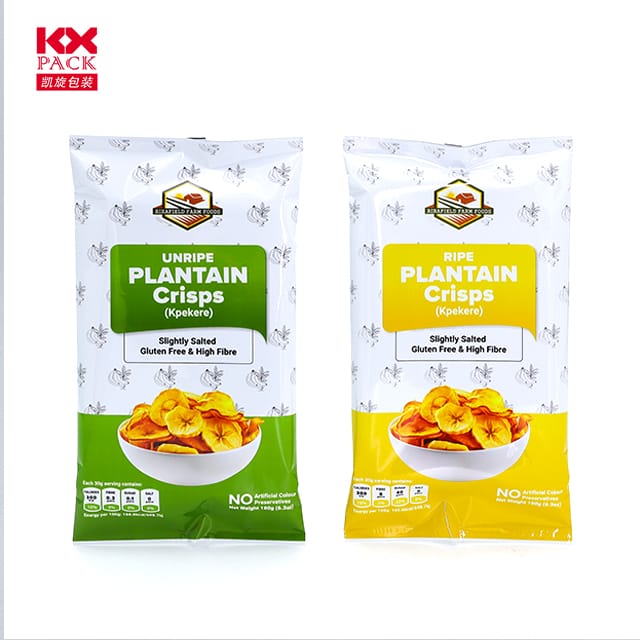Film d'emballage imprimé: L'art et la science de la présentation des produits captivants
Film d'emballage imprimé
In today’s hyper-competitive retail landscape, first impressions matter more than ever. Entrerfilm d'emballage imprimé—a versatile, eye-catching solution that not only protects products but also tells a brand’s story at a glance. From vibrant food wraps to sleek pharmaceutical blisters, this innovative material is redefining how brands engage with consumers. Let’s explore the world of printed packaging film, its benefits, applications, and the trends shaping its future.
What Is Printed Packaging Film?
Printed packaging film is a flexible, thin material (often made from polymers like polypropylene, ANIMAUX, or biodegradable alternatives) printed with custom designs, logos, or product information. It serves a dual purpose:
- Protection: Shields products from moisture, Rayons UV, contamination, et dommages physiques.
- Image de marque: Communicates brand identity through high-quality graphics, couleurs, and textures.
Why Brands Love Printed Packaging Film
- Unmatched Visual Appeal
- Advanced printing techniques (Flexographie, rotogravure, digital) deliver sharp, full-color designs that pop on shelves.
- Finishes like matte, gloss, or metallic coatings add tactile and visual intrigue.
- Cost-Efficiency and Scalability
- Suitable for both small-batch runs (digital printing) and mass production (flexo/rotogravure).
- Lightweight material reduces shipping costs compared to rigid packaging.
- Sustainability Innovations
- Biodegradable and compostable films (Par exemple, PLA or starch-based materials) align with eco-conscious goals.
- Recyclable mono-material structures minimize waste.
- Functional Enhancements
- Anti-fog coatings for fresh produce.
- Barrier properties to extend shelf life (Par exemple, oxygen or moisture resistance).
- Easy-tear or resealable features for consumer convenience.
Applications clés dans tous les secteurs
- Nourriture et boisson
- Snack wraps, flow wraps, and stand-up pouches for chips, candies, et café.
- Emballage d'atmosphère modifiée (CARTE) to preserve freshness.
- Médicaments
- Blister packs and sachets for pills, ensuring product integrity and compliance.
- Tamper-evident seals for safety.
- Biens de consommation
- Shrink sleeves for bottles, jars, and multipacks.
- Laminated films for cosmetics, toiletries, and household products.
- Industrial and Retail
- Heavy-duty films for bulk packaging or machinery parts.
- Promotional packaging with QR codes or augmented reality (Ardente) triggers.
The Technology Behind the Print
- Impression flexographique: Ideal for high-speed, large-volume orders with vibrant colors.
- Rotogravure Printing: Offers unparalleled detail and consistency for premium brands.
- Impression numérique: Enables short runs, quick turnarounds, and variable data (Par exemple, personalized labels).
- Inks and Coatings: Water-based, solvent-free, or UV-curable inks reduce environmental impact.
Emerging Trends in Printed Packaging Film
- Emballage intelligent
- Balises NFC, Codes QR, or thermochromic inks that reveal hidden messages or track product authenticity.
- Sustainability Drives
- Brands are switching to post-consumer recycled (PCR) content or ocean-bound plastics.
- Compostable films are gaining traction for single-use applications.
- Minimalist and Eco-Friendly Designs
- Clean labels, monochromatic palettes, and plant-based inks appeal to eco-aware consumers.
- 3D and Holographic Effects
- Advanced embossing and holographic layers create immersive, premium unboxing experiences.
Challenges and Considerations
- Conformité réglementaire: Food-grade films must adhere to FDA or EU standards for safety.
- Recyclabalité: Multi-layer laminates can be hard to recycle, pushing the industry toward mono-material solutions.
- Coût vs. Durabilité: Balancing premium finishes with eco-friendly materials requires innovation.
The Future of Printed Packaging Film
À mesure que la technologie évolue, we’ll see:
- AI-Driven Design: Algorithms optimizing print layouts for minimal waste.
- Nanotechnologie: Ultra-mince, high-barrier films with antimicrobial properties.
- Modèles d'économie circulaire: Take-back programs and recycling partnerships to close the loop.
Conclusion
Printed packaging film is more than just a wrapper—it’s a strategic tool for brands to stand out, build trust, and drive sales. Whether it’s a bold, colorful snack pack or a sleek, eco-friendly cosmetics pouch, this material proves that sustainability and stunning design can go hand in hand.
What’s your favorite example of creative packaging? Share it in the comments—we’d love to hear! 🌍🎨📦
Mots clés: film d'emballage imprimé, flexible packaging, emballage durable, packaging innovation, brand packaging







